电动汽车电动轮结构设计与研究毕业论文
2020-04-11 17:55:50
电动车轮构型分析与结构研究
学院(系): 汽车工程学院
专业班级: 车辆 1401班
学生姓名: 马胡德
指导教师: 陈词
学位论文原创性声明
本人郑重声明:所呈交的论文是本人在导师的指导下独立进行研究所取得的研究成果。除了文中特别加以标注引用的内容外,本论文不包括任何其他个人或集体已经发表或撰写的成果作品。本人完全意识到本声明的法律后果由本人承担。
作者签名:
年 月 日
学位论文版权使用授权书
本学位论文作者完全了解学校有关保障、使用学位论文的规定,同意学校保留并向有关学位论文管理部门或机构送交论文的复印件和电子版,允许论文被查阅和借阅。本人授权省级优秀学士论文评选机构将本学位论文的全部或部分内容编入有关数据进行检索,可以采用影印、缩印或扫描等复制手段保存和汇编本学位论文。
本学位论文属于1、保密囗,在 年解密后适用本授权书
2、不保密囗 。
(请在以上相应方框内打“√”)
作者签名: 年 月 日
导师签名: 年 月 日
Table of Contents
ABSTRACT 5
Chapter 1 Introduction 6
1.1 Research Background and Significance 6
1.2 Research status 8
1.2.1 Research Status of Electric Wheels and Related Vehicles at Home and Abroad 9
1.2.2 Research on Vertical Performance of Electric Wheel Drive Vehicles at Home and Abroad 11
1.2.3 Electric wheel lightweight research 13
1.3 The main content of this study 14
Chapter 2 Electric Wheel Vehicle Suspension Architecture Analysis 17
2.1 Design and Research of Electric Wheels as Dynamic Vibration Absorbers 23
2.1.1 Design Mechanism of Dynamic Vibration Absorber 23
2.1.2 Analysis of 1/4 Suspension Type of Electric Vehicle with Wheel Hub Motor as Dynamic Vibration Absorber 25
2.1.3 Optimization of 1/4 Suspension Frame Type of Electric Vehicle with Hub Motor as Dynamic Vibration Absorber 31
2.2 Summary 35
Chapter 3 Active vibration damping system in wheel of electric vehicle 36
3.1 Active vibration damping system in electric wheel 36
3.2 Structure realization and model establishment of active damping system in electric wheel 36
3.3 In-wheel damping effect 40
3.4 Summary 44
Chapter 4 Selection of hub motor and analysis of performance requirements 45
4.1 Performance requirements of electric motor wheel pair motor 45
4.1.1 Drive Motor Type Selection 46
4.1.2 Preliminary estimation of wheel hub motor performance parameters 48
4.2 Hub motor structure design analysis 51
4.2.1 Hub motor structure type 51
4.2.2 Wheel hub motor size analysis 52
4.2.3 Electromagnetic design and analysis of wheel motor 54
4.3 Chapter summary 62
Chapter 5 New lightweight electric wheel 63
5.1 Wheel Hub Electromagnetic Optimization 63
5.2 Finite Element Analysis of Motor Housing and Flexible Transmission Mechanism 66
5.3 Lightweight Design of Vibration Reduction System in Wheels 73
5.4 Summary of this chapter 76
ACKNOWLEDGEMENTS 77
References 78
ABSTRACT
The electric vehicle becomes more and more popular because of its no pollution. The growing popularity of hybrid and electric cars has revived interest in replacing a single internal combustion engine with hub motors. The electric car’s power system lies in the wheels, providing more inner space available for passengers. The vehicle driven by the hub motors, with its unique advantages, will become an essential field of research and development of the electric car. However, moving the power system from the body to the wheels brings a problem to the arrangements in the wheel; furthermore, the wheel mass will increase, the mass ratio of the body to wheel will decrease by the mounting of power system, thus reducing the car smoothness, increasing dynamic load of wheels, decreasing ride and driving safety, causing vertical adverse problems to the car. Involving with the analysis on suspension structure of the in-wheel motor drive car, this study gives in-depth research on in-wheel motor’s construction, to place the drive system, structure design right in the wheel, making full use of in-wheel space, design electric wheels that can drive the car ride performance handling stability.
The lightness design of electric wheel is researched from below three aspects. Firstly, shape the electromagnetism scenario of in-wheel motor with a 9kg mass reduce which satisfies the vehicle kinetics performance by using the motor design and analyze software; secondly, based on the Finite Element Analysis result about the structure of motor shell, brake disc and transmission system, redesign the motor shell and transmission system with aluminum alloy material, reducing the mass by 23kg alike;
In this way, we can resolve the problem of the suspension motor structure in the wheel, meeting the demand of high driving speed, improving the smoothness and stability at the same time.
Keywords: Hub motor, Configuration Analysis, Transmission Mechanism
Chapter 1 Introduction
1.1 Research Background and Significance
For centuries, uncontrolled exploitation of human resources has caused a severe shortage of oil resources. The economic crisis that has engulfed the world has made people deeply reflect on the development method, a lot of .
Emissions make people pay more attention to global climate change. These factors facilitating the global appeal for the development of new energy vehicles, despite the fact that new energy vehicles are related to technology in the short term costs and other aspects are still unable to replace the traditional internal combustion engine cars into the mainstream, but one day, new energy vehicles will spread to every household. Therefore, the research and development of new energy vehicles cannot be delayed. Among them, electric vehicles are Used of ultra-low emissions/zero emissions in the process, diversification and high efficiency of energy use, and ease of implementation of intelligent controls Faced with technological superiority and paid great attention to it, showing accelerated development [1]. Compared to traditional internal combustion engine cars, electric steam the car has the following obvious advantages:
Effectively control and improve the atmospheric pollution of the city. Energy is provided by batteries and super capacitors. Therefore, there will be no car exhaust. Although most of the energy used to charge pure electric vehicles still depends on fuel burning fossil fuels to produce, which also brings pollution, but the report of the Canadian Electric Vehicle Association (EVAC) was pointed out that the amount of electricity generated by electric energy used to charge pure electric vehicles is half that of fuel vehicles. In case with hydropower or nuclear power, this emission will be reduced to less than 1%. If electric cars replace the current world on all fuel vehicles, emissions of toxic gases such as carbon monoxide and nitrogen compounds will be significantly reduced. Carbon oxide emissions can also be reduced by about 40%[2].
To reduce urban noise, the noise and vibration of the car mainly come from the engine and driving conditions. Relative to launch in the engine, electric cars produce less vibration, there is no burning, only from the air compressor, and the cold but the fan and mechanical transmission sound. Therefore, these noises are much lower than noise from the car engine sound.
Save the planet's limited petrochemical energy. The efficiency of traditional fuel automobile engines is generally not more than 40% due to frequent braking, low speed driving and waiting signals, a considerable part of the fuel is in the working process of the internal combustion engine losses as heat, and the electric motor stalls when it waits for a passing signal. The high energy conversion efficiency of motor vehicles is more than twice the energy conversion efficiency of traditional vehicles, and the energy-saving effect is very clear. We need to improve energy consumption structure and reduce the consumption and dependence of oil. Electric cars need more energy such as wind, nuclear, light, and solar energy. If we all use electric cars less or no consumption of oil can greatly reduce the dependence on oil. The power supply system has a problem of load balancing, that is, shortage of electricity during the day.
At night, there is enough electricity. If an electric bus can absorb 150kWh of electricity on average every night, then tens thousands of electric vehicles can accomplish the task of peaking a megawatt power plant.
With the recognition of the advantages of electric vehicles, the research of electric cars has also received more and more attention. Its middle-wheel motor-driven electric vehicles - electric wheel vehicles, is also a significant development of electric vehicles study direction. Electric wheel structure originated in the early 1950s when American Robert invented a hub device that integrates a motor, a speed reduction mechanism, and a break, and was promoted by user companies in 1968 applied to large mining dump trucks[3]. Compared with other driving methods, there is an in-wheel motor driven electric vehicle advantages:
(1) The clutch, transmission, transmission shaft, differential, and other transmission components have been eliminated, so that the transmission system is rooted. this simplification and the transmission efficiency is further improved, and it is beneficial to the automobile to realize the lighter weight of the vehicle and reduce the entire vehicle life production costs, achieving mechatronics and other goals[4-9].
(2) With electric wheel technology, multiple electric wheel drives can be used under the same power demand in the form of distributing power to various motors, reducing the requirements for electrical and mechanical transmission components and facilitating the design metering and production.
(3) The flexible cable connection between the electric wheel and power source occupies less space, and the layout of the vehicle is very flexible, free distribution of vehicle mass, more reasonable distribution of axial loads and increased ground clearance for vehicles.
(4) The electric wheel drive system is flexible in arrangement and facilitates multi-axis multi-wheel drive, and self-drive mode adapts to coordinated switching technology, using the all-wheel drive and drive wheel control alone to maximize benefits use the ground attachment.
(5) The electric wheel drive system can control and distribute each drive by controlling the output torque of the hub motor. The drive torque of the wheel even makes the torque response reach the millisecond level, overcoming the traditional internal combustion engine's noise due to the drive system. The defect that the time is too long and the control precision is not high, to avoid the traditional car to realize the anti-skid drive control due to the use of the brake System to increase energy consumption.
(6) The electric wheel drive system can be realized by adopting electromechanical composite braking or full electrical braking system. Speed-efficient brake control improves the braking performance and reliability of electric vehicles while achieving regenerative braking. At present, many companies and research institutions at home and abroad are researching and developing electric wheel driven electric vehicles. No one company has yet mass-produced. If the design of the connection structure between the hub motor and the car, the performance can be relying on the development of critical technologies such as electronic vehicle controllers and other key technologies, the costs have been significantly reduced after the application scope of the electric motor driven by the hub motor will inevitably become more comprehensive, and it will realize the cross in the field of electric vehicles in China. The development of Vietnam will promote the revitalization of the entire country's auto industry.
1.2 Research status
Electric vehicles are concepts proposed for internal combustion engine vehicles. The so-called "electricity" is because its energy source is a petroleum product such as a battery instead of gasoline (or diesel oil). The electric vehicle consists of a chassis, a body, a battery pack, a motor, a controller, and an auxiliary battery. The speed control can be realized by the controller changing the speed of the motor through the speed control system [10]. There are three types of electric vehicles: Pure EV, Fuel Cell Vehicle (FCV) and Hybrid Electric Vehicle (HEV). Pure electric car uses motor drive when driving, electricity is output from the battery and the electric output torque is controlled by the controller. The torque is transmitted through the drivetrain.
The system drives the vehicle. Fuel cell is different from pure electric car and traditional energy car, from common hydrogen fuel. The battery generates electricity continuously and is stored in the battery, still driven by the motor wheels hybrid car. It is a compromise solution proposed to solve the short driving range of pure electric vehicles. It has both an engine and electric machine can be driven by the motor alone or by the motor participating in the motor drive. The complexity of the system increases, but due to launch the improved working conditions of the machine have a high fuel utilization rate, which is usually attributed to electric vehicles. According to the driving mode, pure electric cars are divided into centralized motor drive, wheel-side motor drive and hub motor drive move. Concentrated motor drives evolved from conventional diesel locomotives, which use motors to assist or even replace engines. Including a single centralized motor drive and dual motor drive; wheel edge motor drive refers to the reduction of the motor and fixed speed ratio. The speed reducer is integrally mounted on the frame, and the output shaft of the speed reducer is connected to the axle of the wheel via a universal joint. Drive wheels; in-wheel motor drive, also known as electric wheel drive, is a hub motor transmission mechanism and the brake are equal to the rim, and the power is directly transmitted to the wheels and driven by the driving motor in the wheels[11]. Electric wheel drive type due to its compact vehicle structure and efficient transmission dynamic efficiency, and the ability to directly control electric wheels to achieve electronic differentials with modern computer control technology. The advantages have become a unique direction for the development of electric vehicles.
1.2.1 Research Status of Electric Wheels and Related Vehicles at Home and Abroad
- Research status of electric wheel structure
The electric wheel power system is mainly divided into two structural forms: one is based on the electric power of the inner rotor type motor dynamic wheel system; the other is based on the external rotor type electric wheel system. The electric motor system of the electric motor adopts a motor with a high rotational speed range and a low torque characteristic, in order to meet the actual requirements of the wheel requirement of inter-velocity speed usually needs to match a corresponding deceleration mechanism, also called deceleration type electric wheel; based on the outer rotor type electric motor adopts a motor with a low-speed range and high torque characteristics due to the speed of the engine.
Conforms to the actual speed requirements of the wheel, usually without the need to match the reduction mechanism, directly driven by the outer rotor of the motor. Motive wheels, also known as direct-drive electric wheels. Both structural forms of electric wheel structure are required to be arranged on the wheel inside.
The advantage of the deceleration-driven electric wheel vehicle is that the motor operates at a high speed and has a high specific power rate and efficiency; small size, light weight, increased torque through gears, high torque, good climbing performance can guarantee
when the car is running at low speed, it gets a large amount of steady torque. The inadequacies are: difficult to achieve liquid lubrication, gear grinding
The damage is fast, the service life is short, it is not easy to dissipate heat, and the noise is large. Deceleration drive is suitable for hills or mountains. And require more overload capacity, travel fitness and other occasions[12].
以上是毕业论文大纲或资料介绍,该课题完整毕业论文、开题报告、任务书、程序设计、图纸设计等资料请添加微信获取,微信号:bysjorg。
相关图片展示:
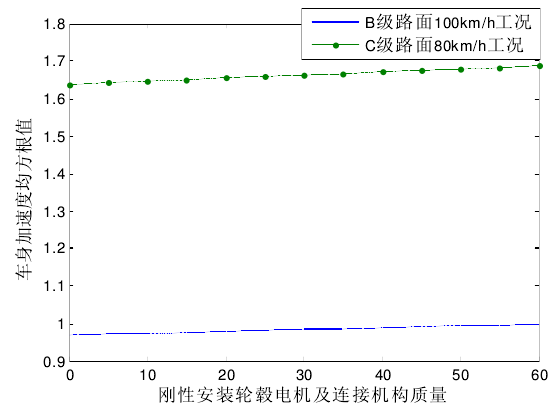
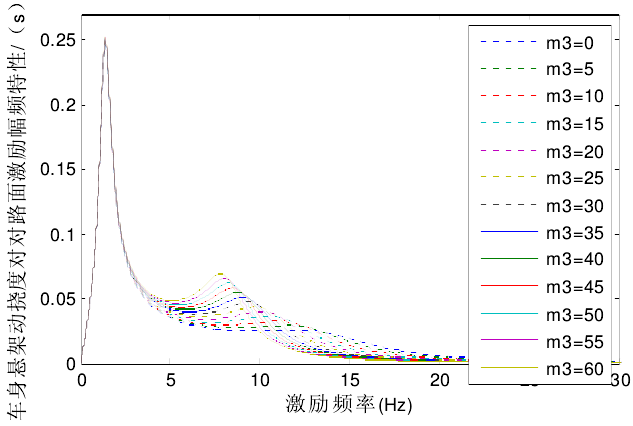
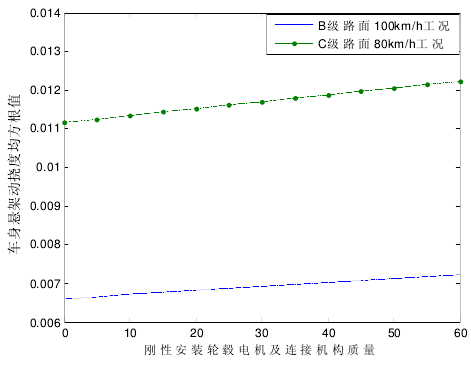
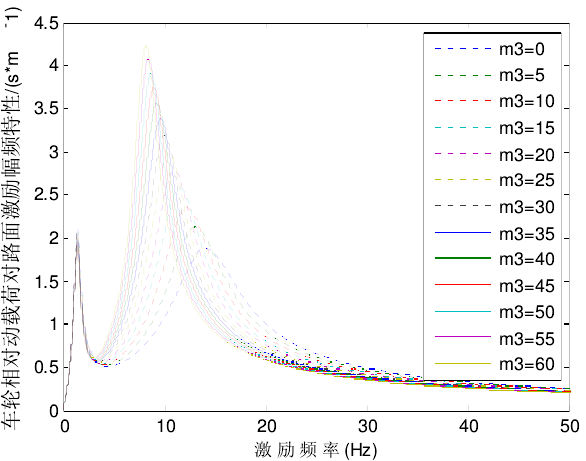
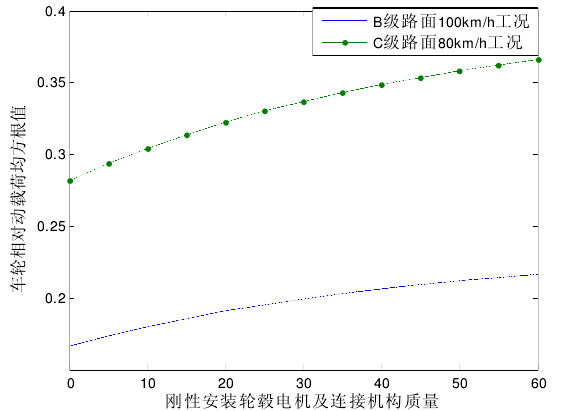
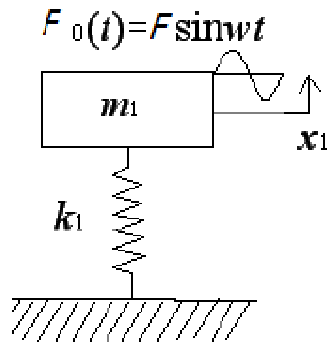
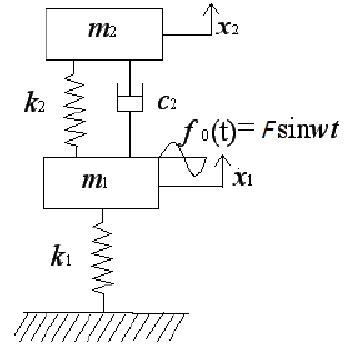
课题毕业论文、开题报告、任务书、外文翻译、程序设计、图纸设计等资料可联系客服协助查找。



